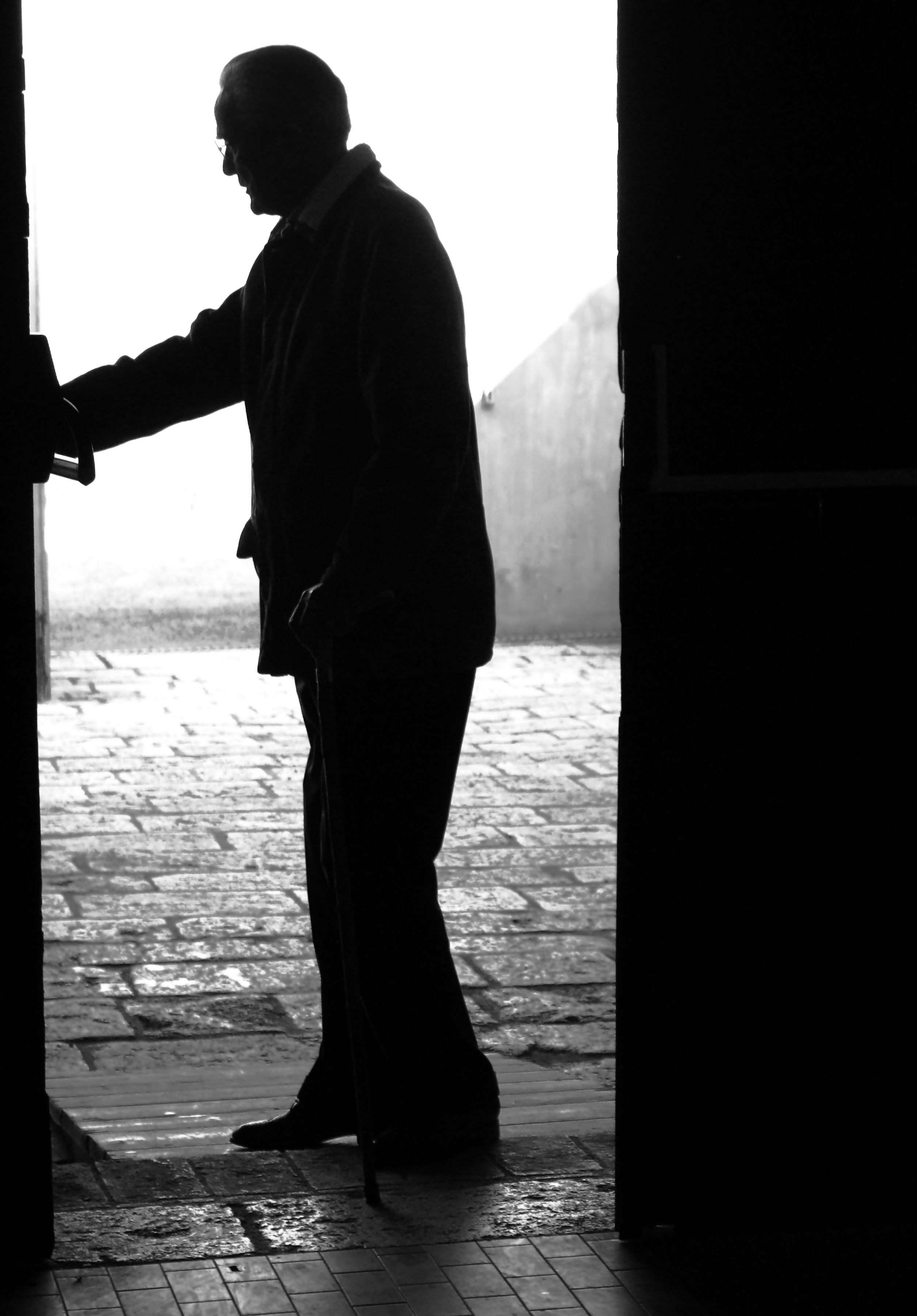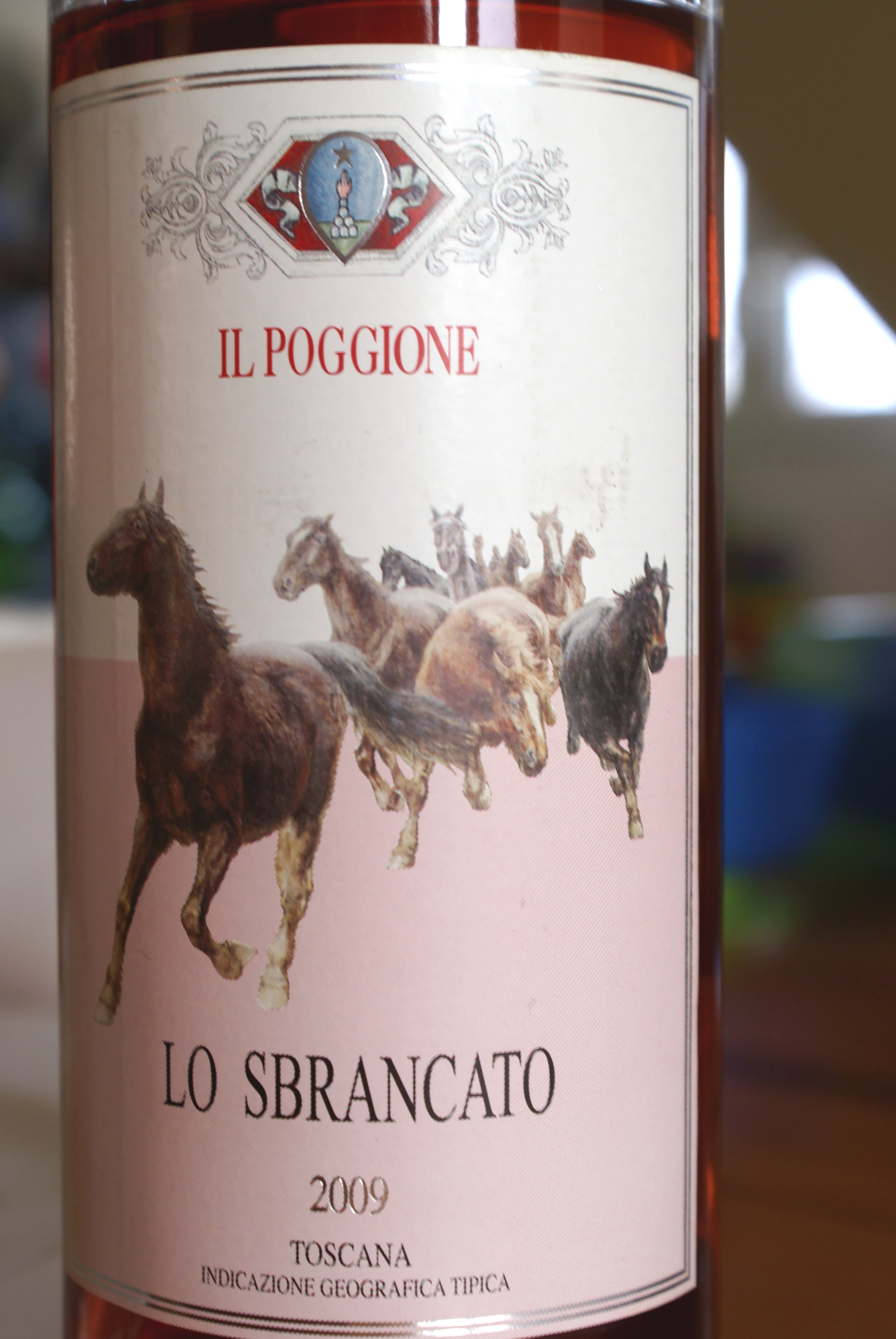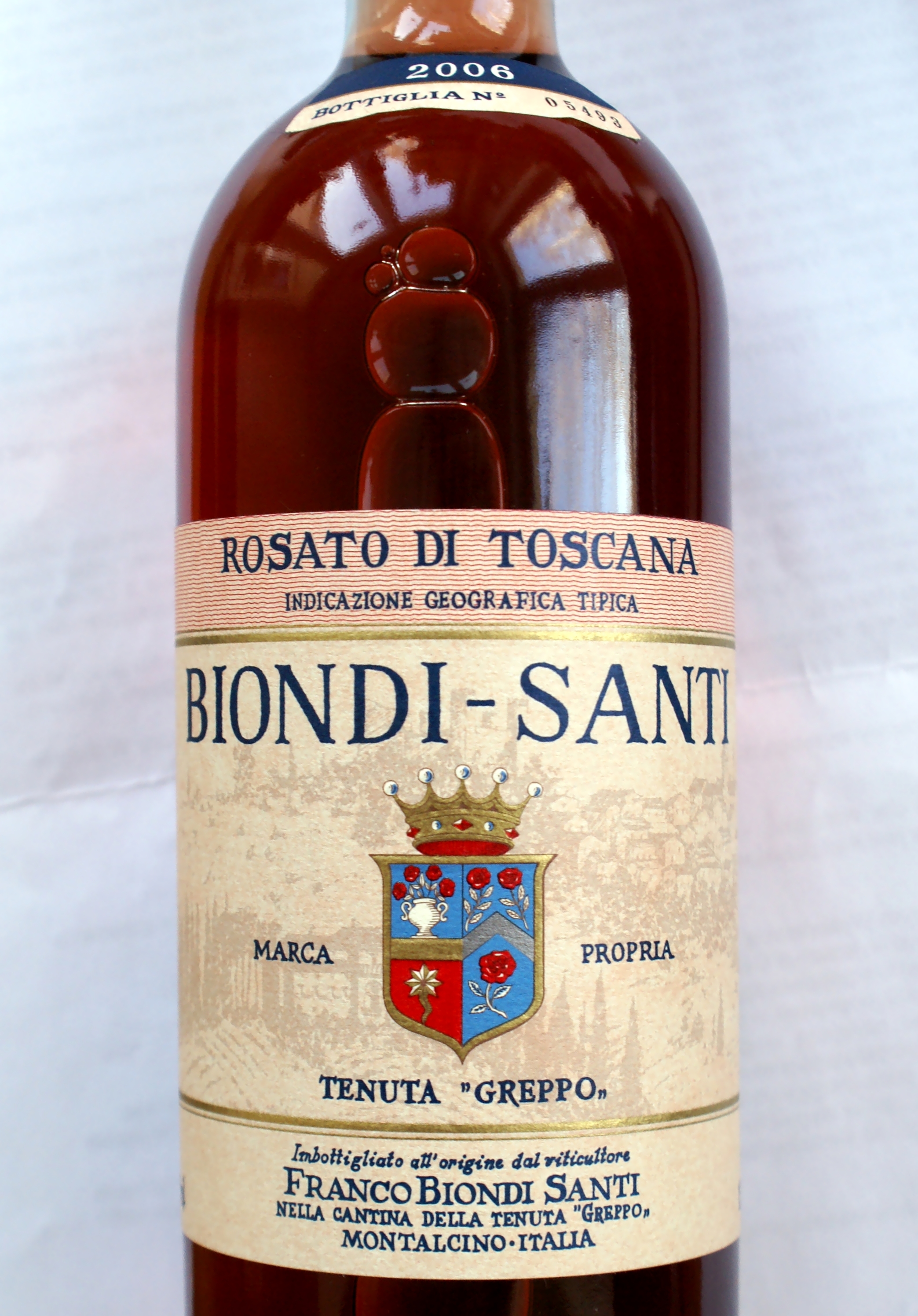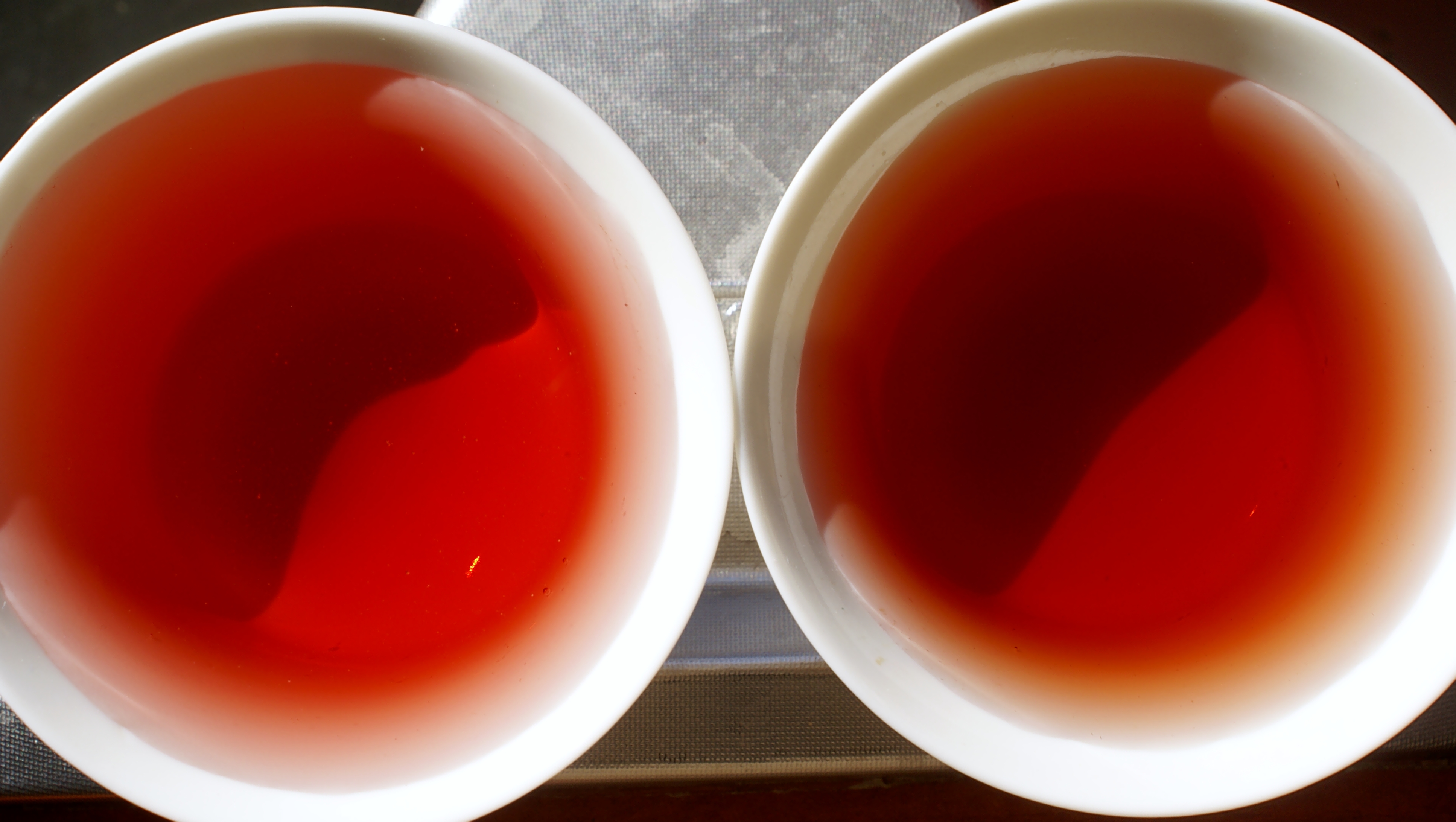Out of the pink
Posted on 28 February 2011
Back from Montalcino, I’ve been thinking about my experience there and whether – as suggested by some – I might have been a bit harsh about the 2006 vintage. Although some fellow tasters have also voiced their criticism, I strive to be fair towards producers. Some in Montalcino are doing a good job and have consistently been faithful to the appellation’s history and committed to Sangiovese as a grape. I still believe there’s too much poor wine being made here, but it’s a critic’s obligation to put things into perspective.
The slowdown of sales is a fact that has affected nearly every winery in the region. Brunello has experienced some serious difficulties both on the Italian and export markets. More seriously, Montalcino’s second wine and one that’s important for cash flow, Rosso di Montalcino, has also seen sales cut by nearly 40% in 2009 and 2010. Wineries are under pressure. It’s one of the reasons behind the desperate appeals to allow international grapes such as Merlot, Cabernet and Syrah to be used in Rosso. Those grapes are there in the vineyards and some use must be found for them; at this time they can only be used for the unsexy DOC Sant’Antimo wines as well as IGT Toscana reds.
There’s actually another solution that’s not been widely explored. It’s rosé. Historically Montalcino has produced none; so high has been the prestige of its serious structured reds that the incentive has lacked for grapes to be put into pink wine. In fact a decade ago, I can’t remember any rosé being made here. But with the soaring popularity of rosé on almost all markets and the current issues that Montalcino faces, it has become an interesting way for the local producers to take.
I’m writing this while tasting two Montalcino rosés that are really brilliant. The Lo Sbrancato 2009, the second rosé vintage from Il Poggione (a large, reliable, fairly classic estate that’s consistently been one of my favourites – though their 2006 Brunello isn’t overwhelming), has a medium deep colour and a nicely elegant, soft fruity nose and flavour. But it also has a fair bit of intensity and what we call vinosity: it’s not a soft drink-like rosé, but a serious wine with some structure and depth. It’s really well-made and well-balanced and allies drinkability with a sense of purpose. At around 9€ it’s also good value (cheaper than Il Poggione’s good Rosso).
My other pink today is a different beast. It comes from Biondi-Santi, Montalcino’s legendary estate where the Sangiovese Grosso BBS11 clone was developed in the late 19th century. Since 2004 Franco Biondi-Santi – who at 89 still oversees vinification; there’s no consultant winemaker here – has been using some of the younger vineyards’ grape to produce rosé. I’ve opened the 2006 vintage today, and it’s an impressive wine (and impressively priced – around 35€). Quite unevolved, it’s got power to share – in fact it’s almost a light red in structure and concentration – but also excellent balance thanks to very good acidity. 13.5% alc. is quite high for rosé, but it’s more digestible than a 14.5% red that would probably have been produced with the same grapes.
Another interesting thing about these Montalcino rosés is that they appear to age very well. Il Poggione’s 2009 is fresh as a daisy at a moment when most rosé bottlings should quickly be moving to the 2010 vintage. The Biondi-Santi at four years is showing no sign of tiredness. I’ve taken the following two photos pouring the wines into neutral white tea cups so that you can observe the colours:

The clean deep pink of Il Poggione’s 2009 (left) and the almost reddish seriousness of Biondi-Santi’s 2006 (right).
The 2006 is deeper, showing perhaps a touch of evolution at rim but whatever you say it’s showing impressive staying power. Interestingly it’s made with a direct pressing of dedicated grapes (many rosés nowadays are made by bleeding dark grapes of their lightest juice and then proceeding to make red wine). It also has a distinctive tannic bite that perhaps goes beyond what you need for apéritif drinking on the terrace, but on the other hand it’s showing brilliant with food. Over the last two days I’ve tried these two rosés with incredible Culatello di Zibello ham, red pesto pasta and seared tuna with an adventurous cocoa nibs & almonds salsa: each time it was a very satisfying match with enough structure and vinosity to the wine to pair a wide range of foods. Versatility, drinkability and the capacity to cash in a year after the harvest – what else does Montalcino need in these times of crisis?
Disclosure
Source of wines: Biondi-Santi 2006, gift from the producer (back in 2008); Il Poggione 2009, tasting sample from the Polish importer.





